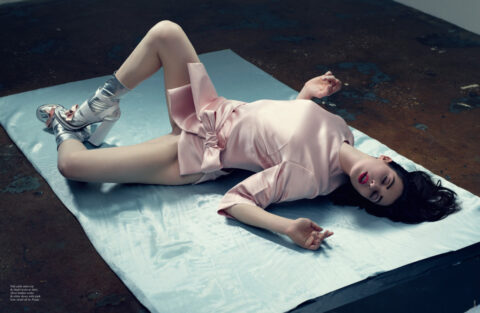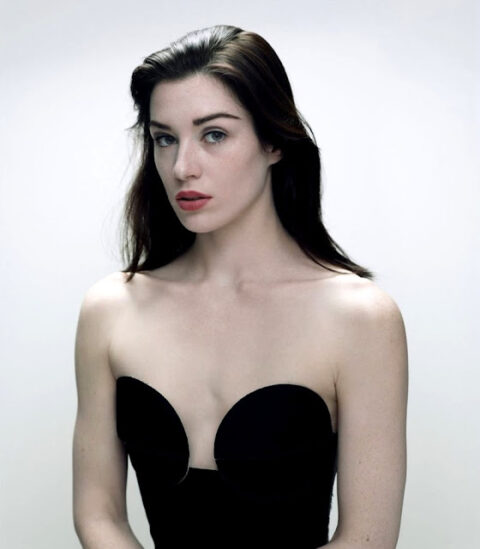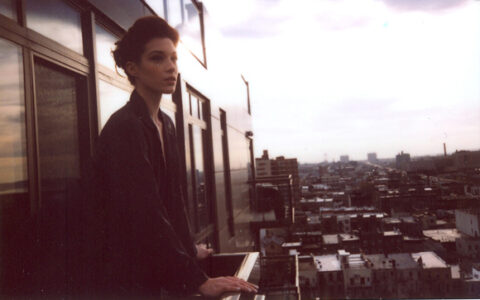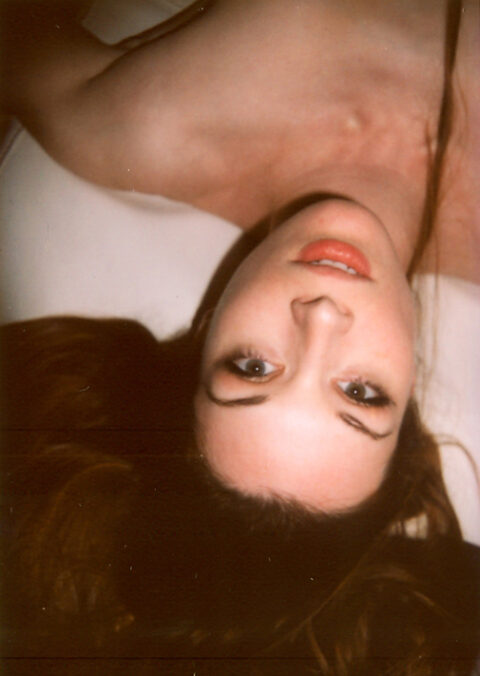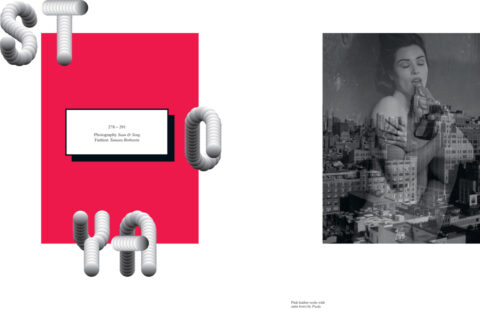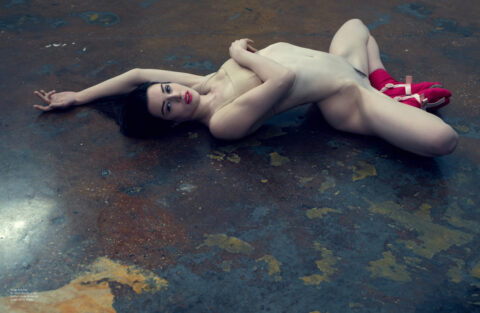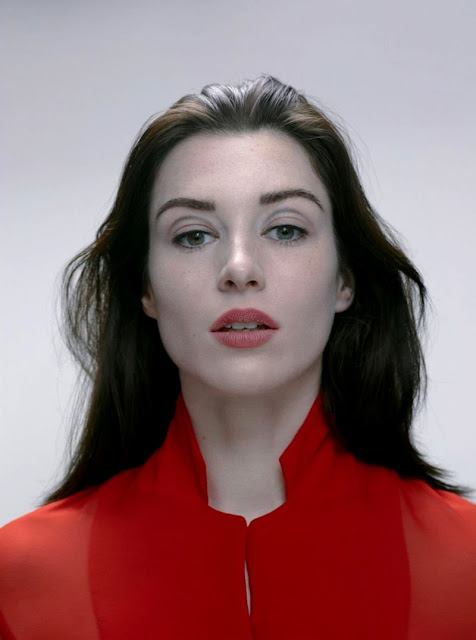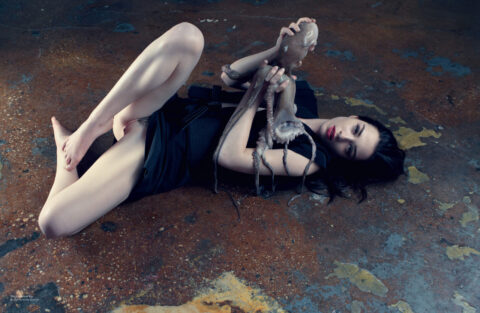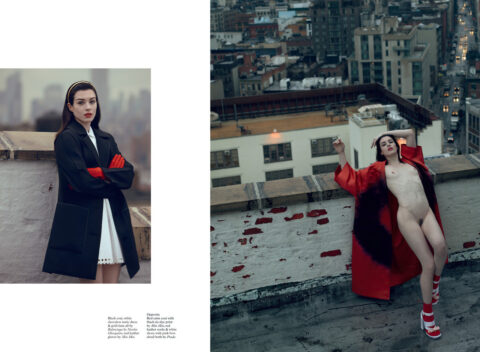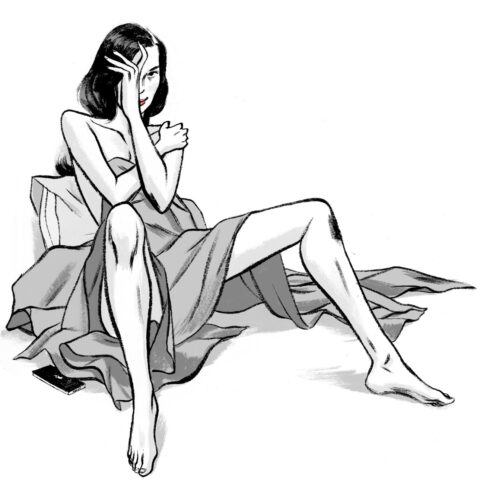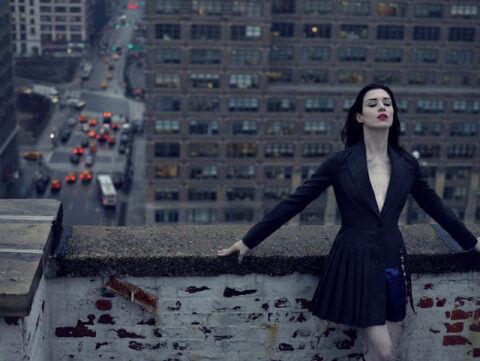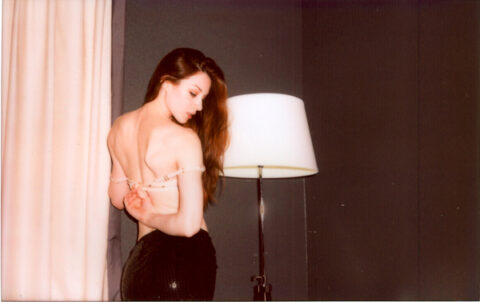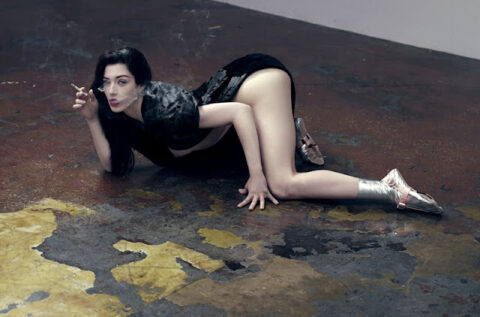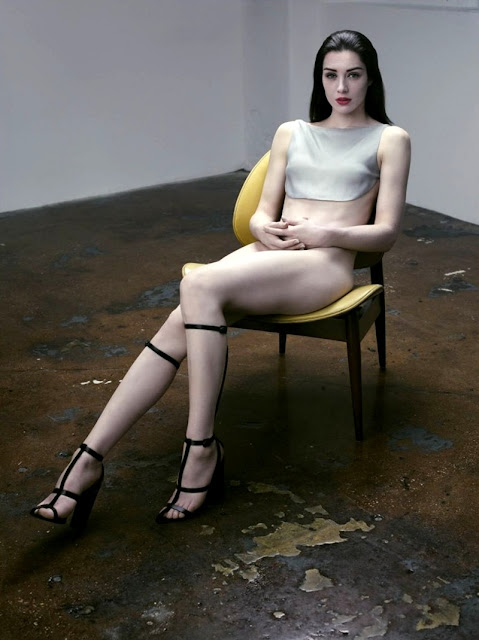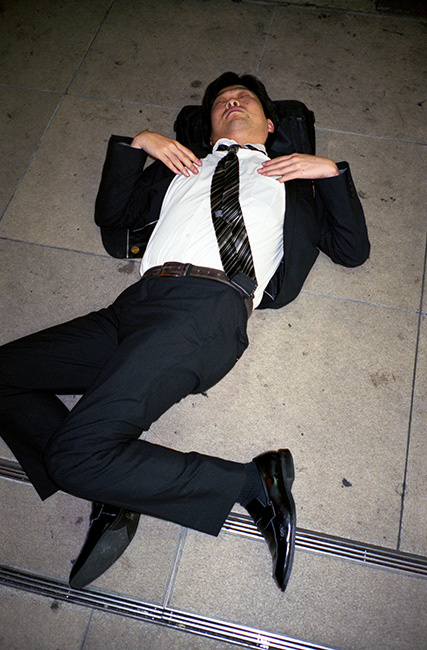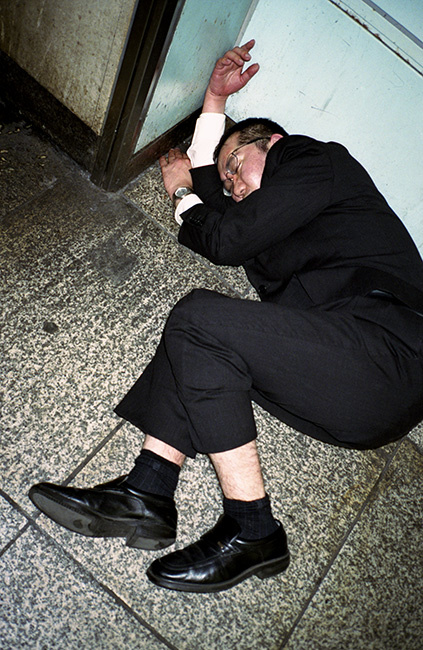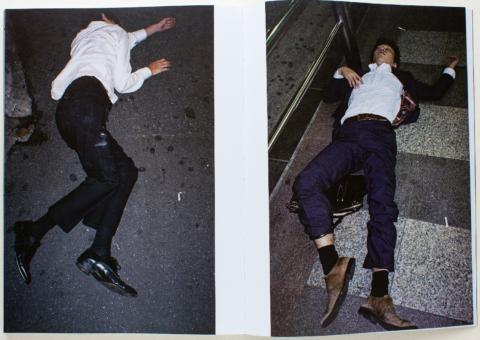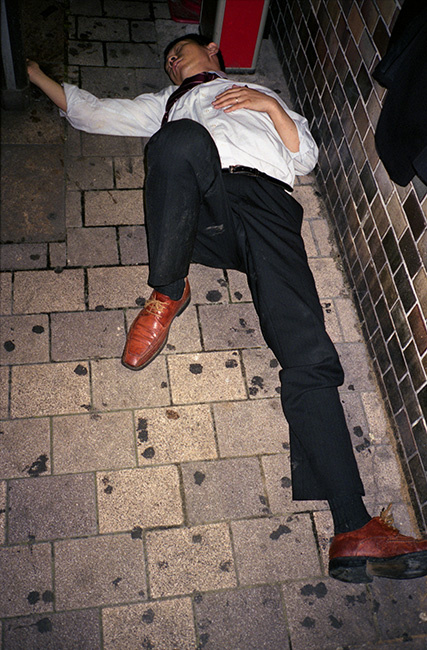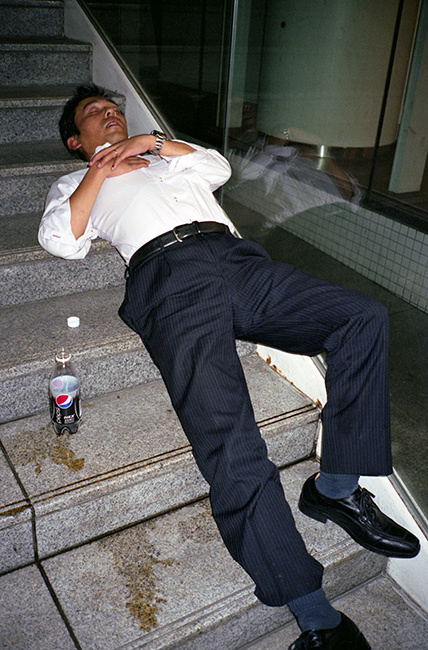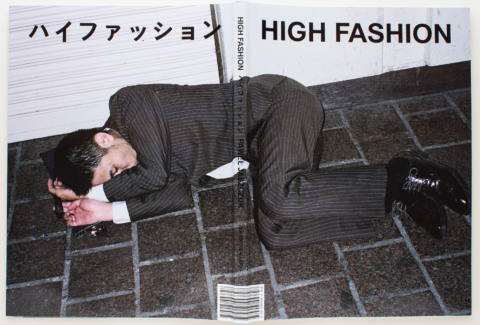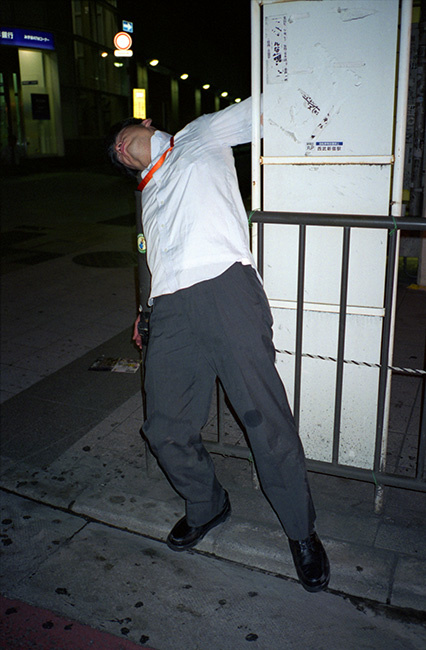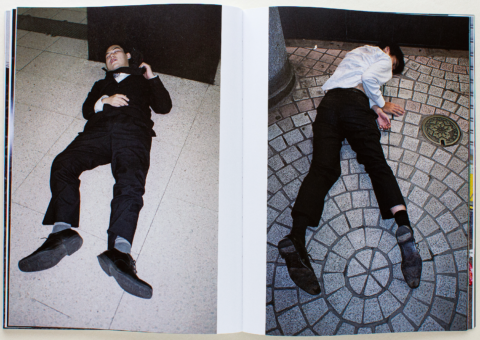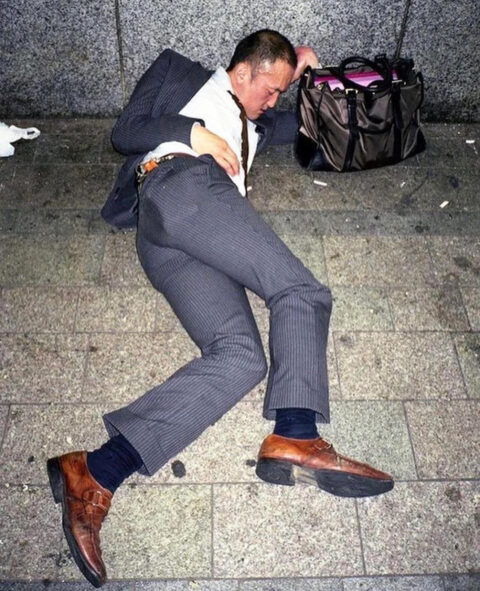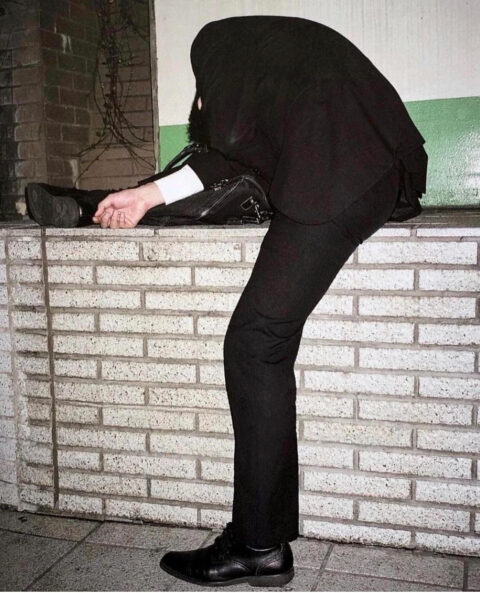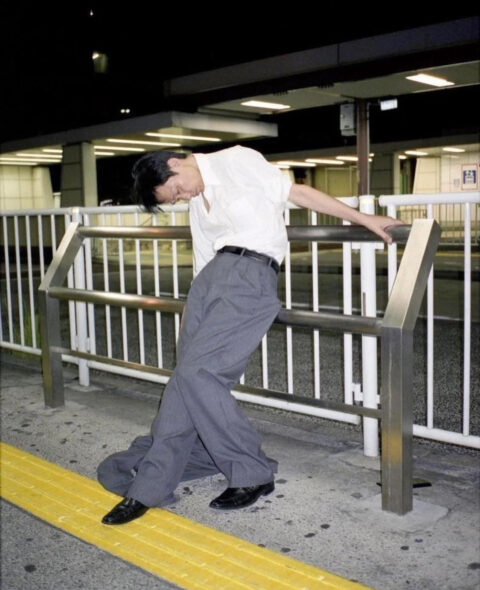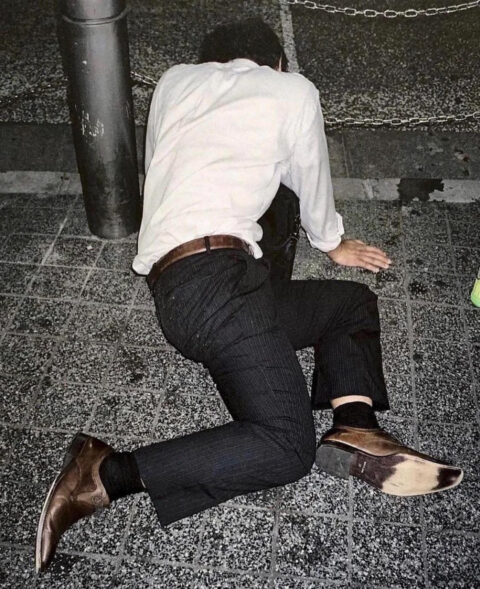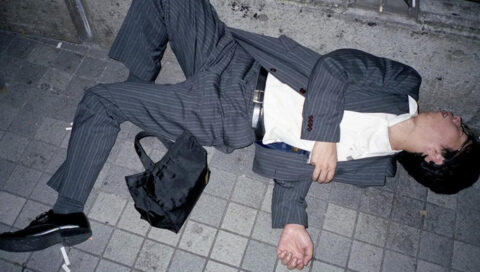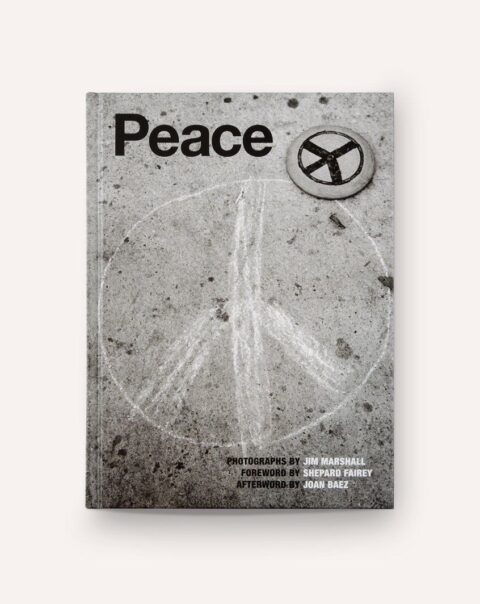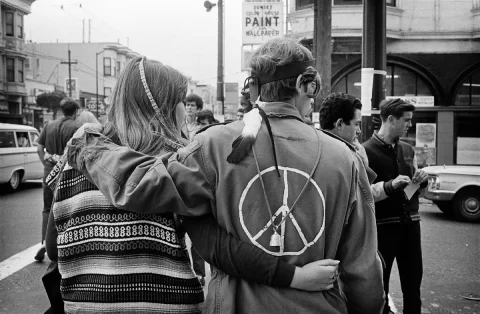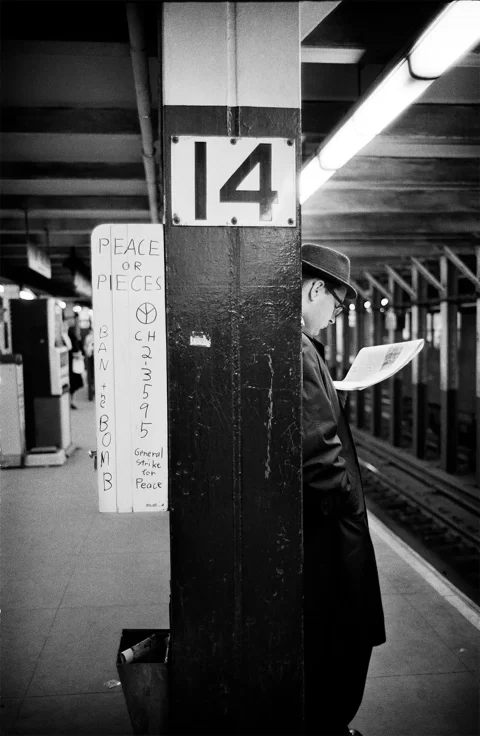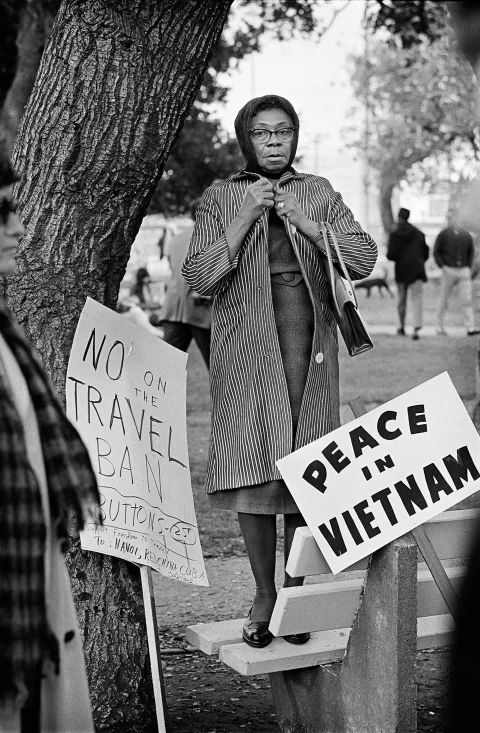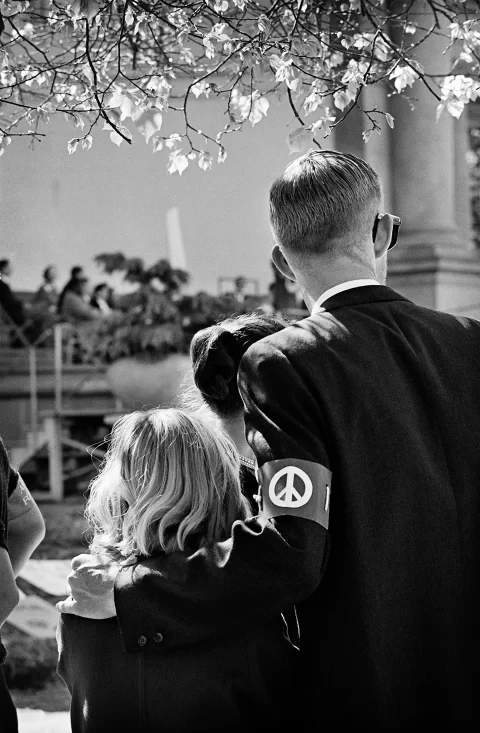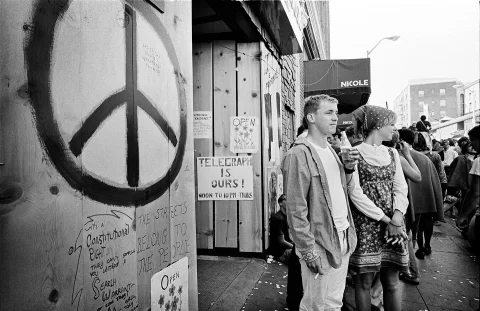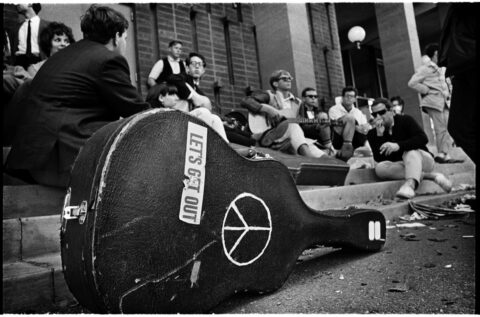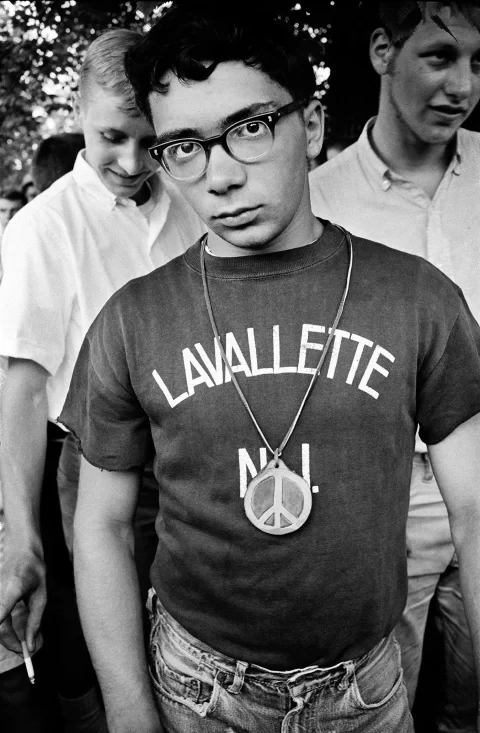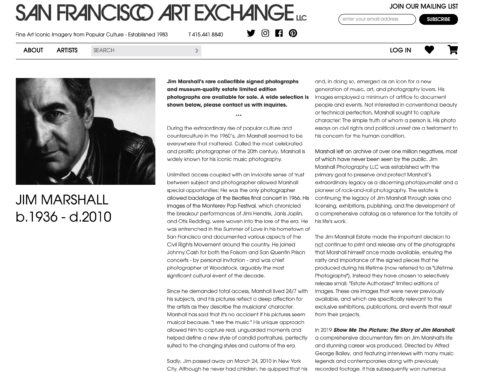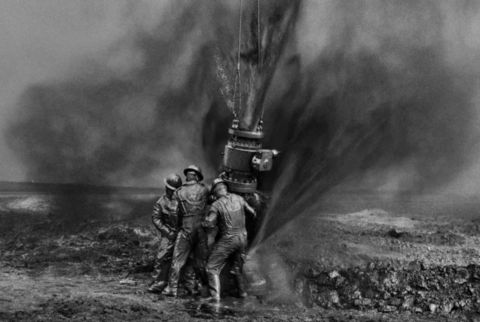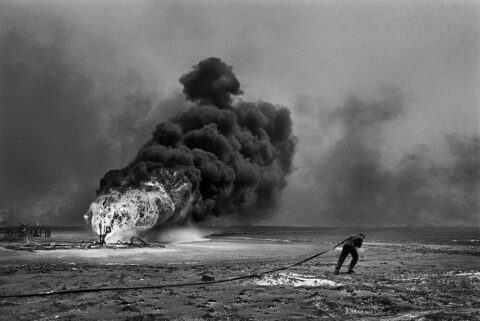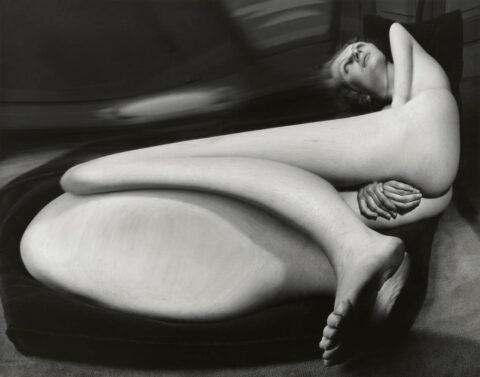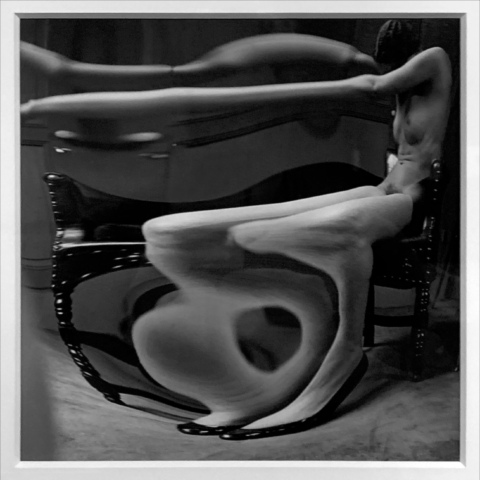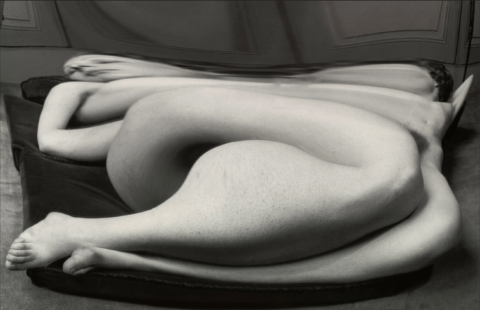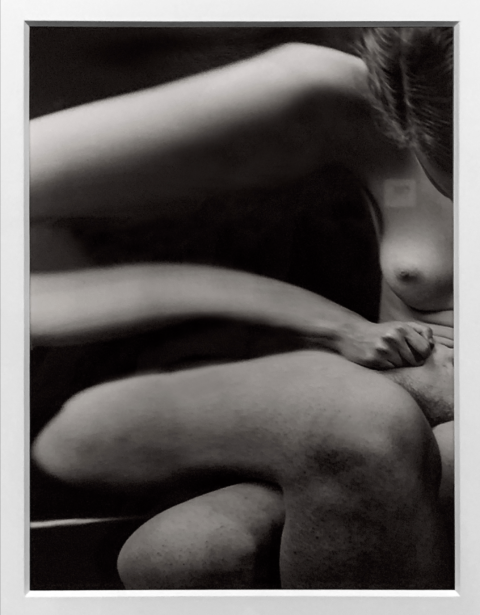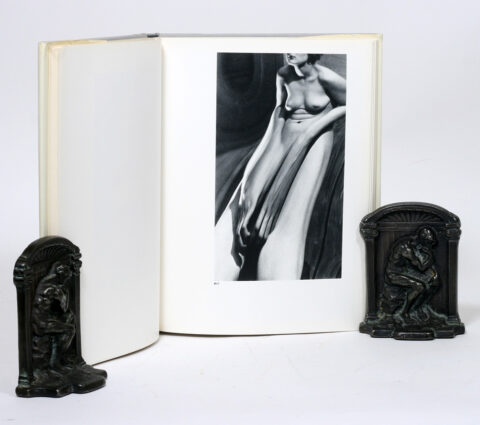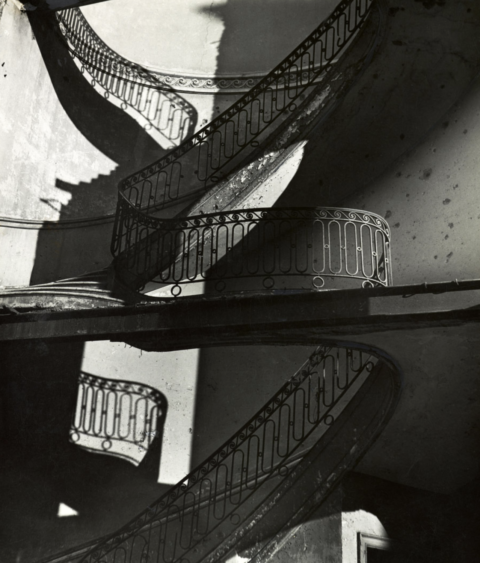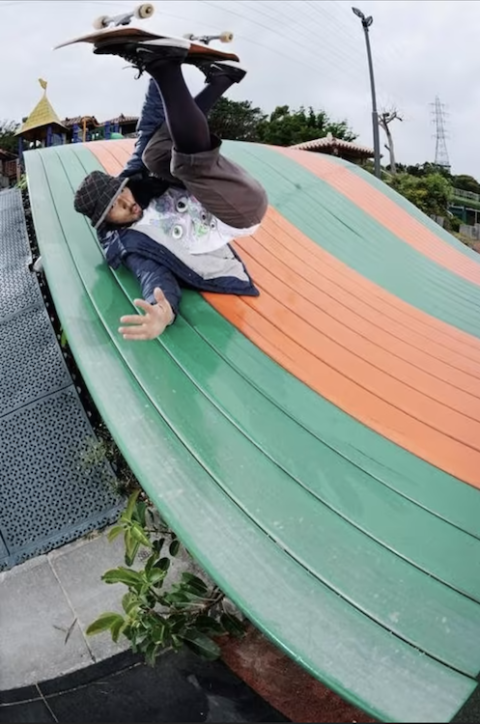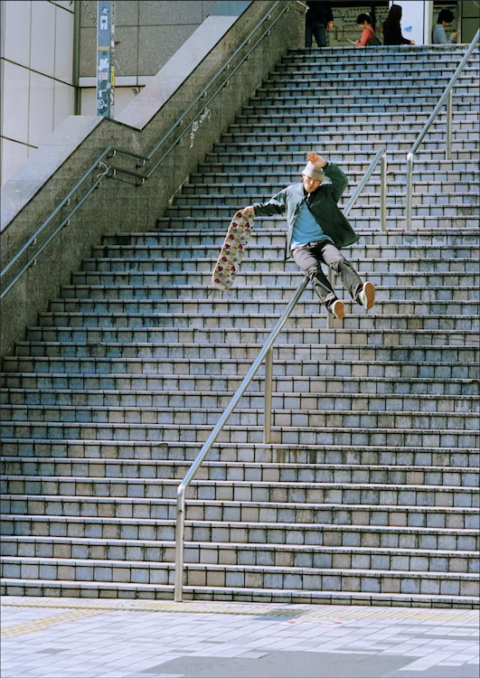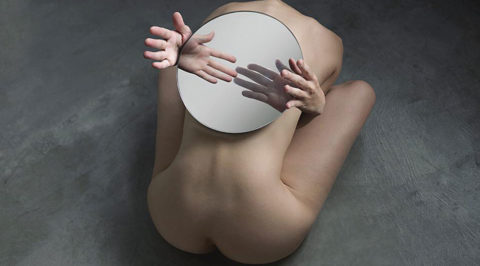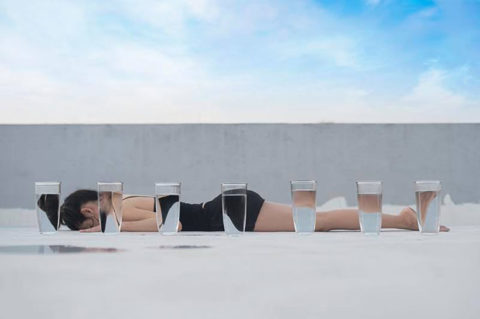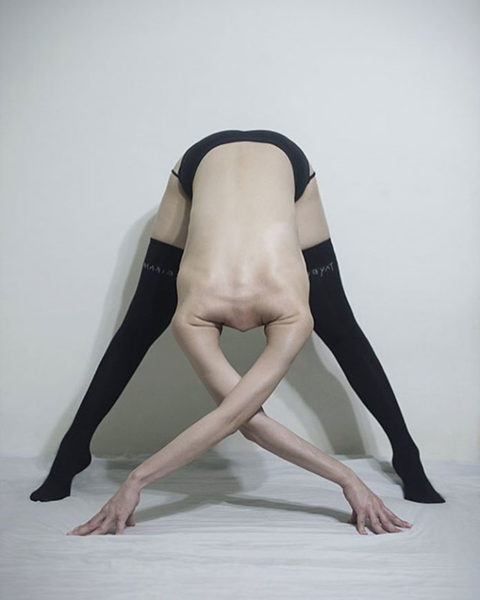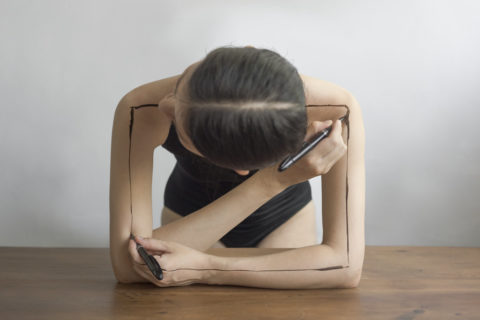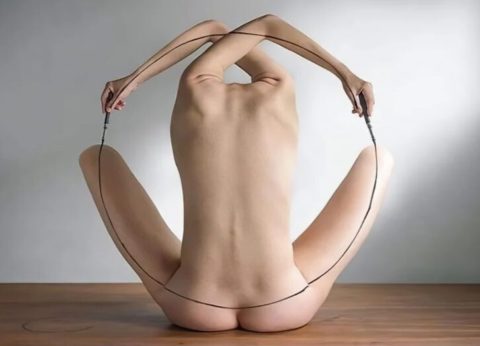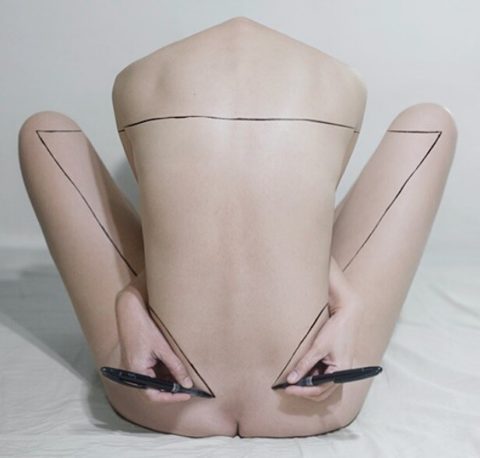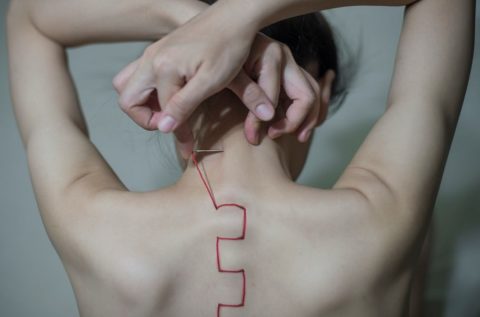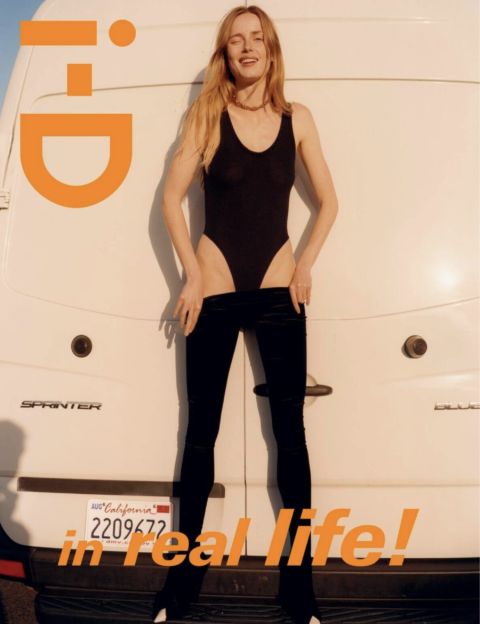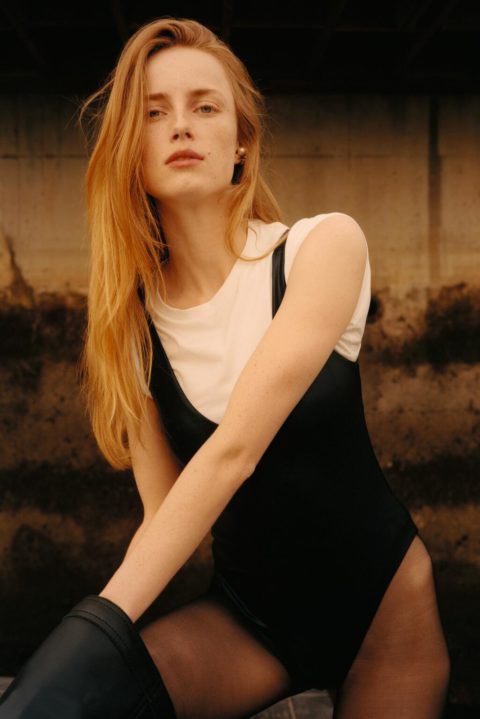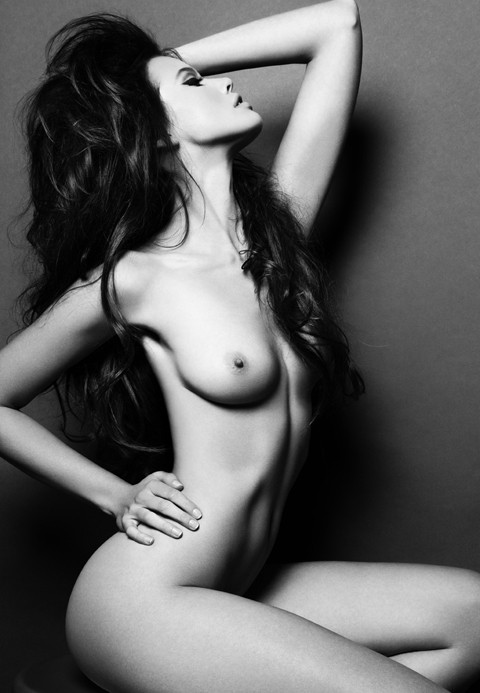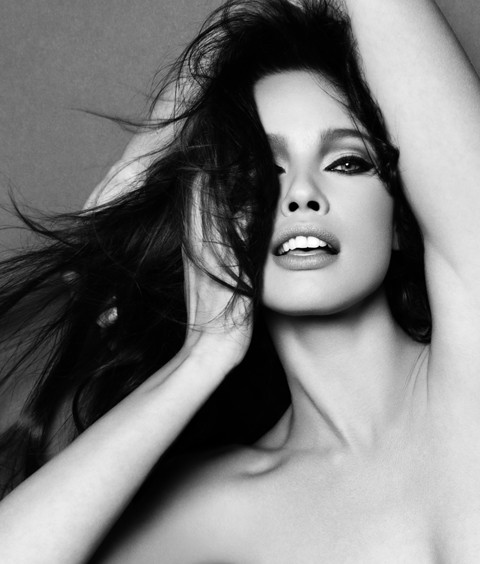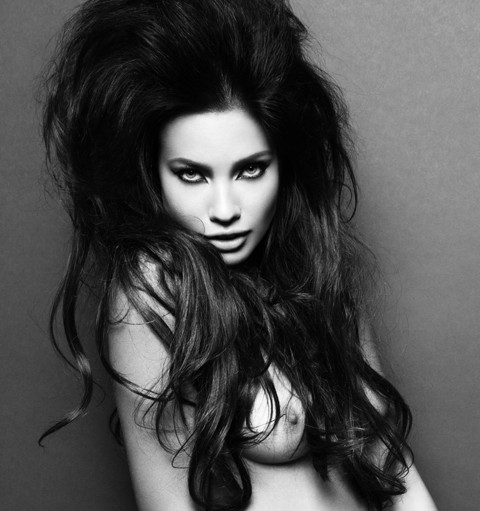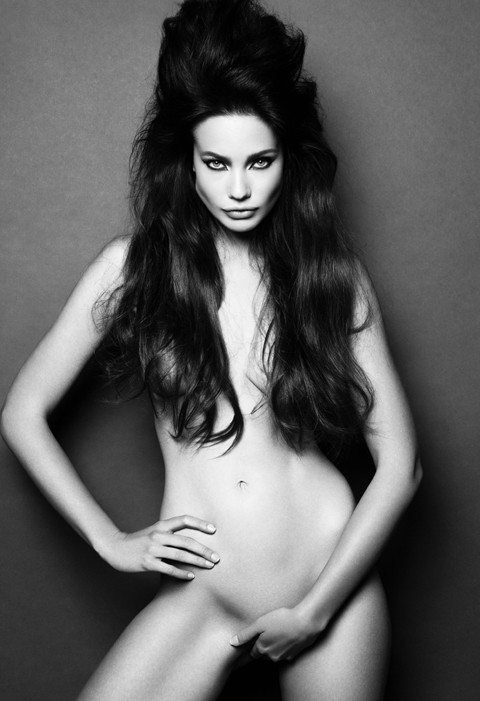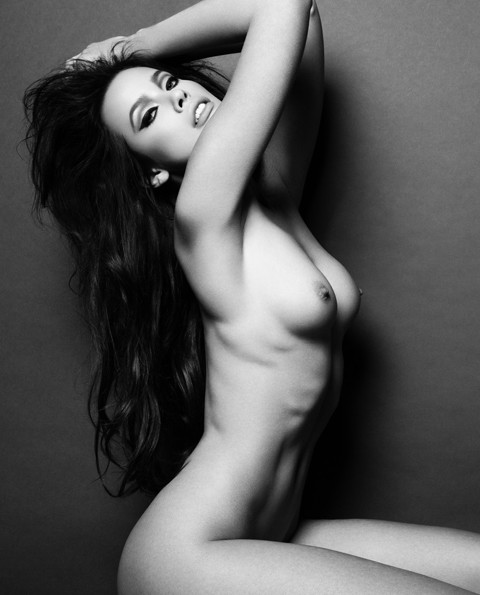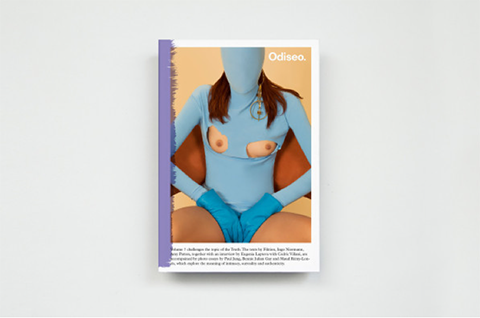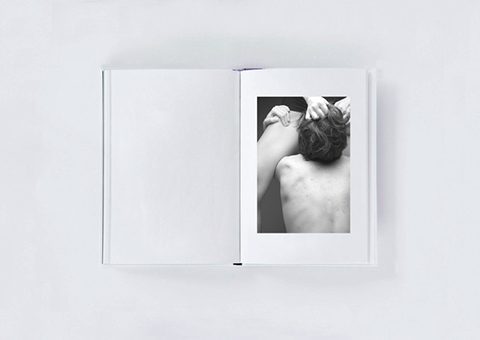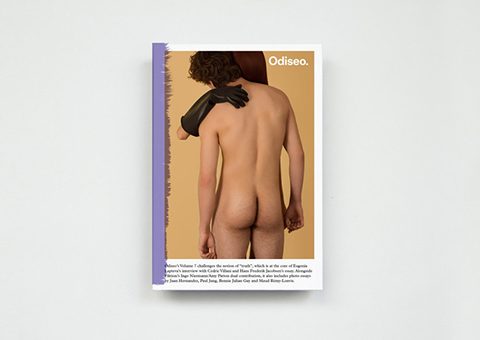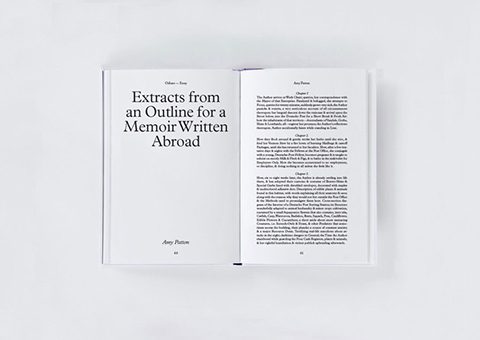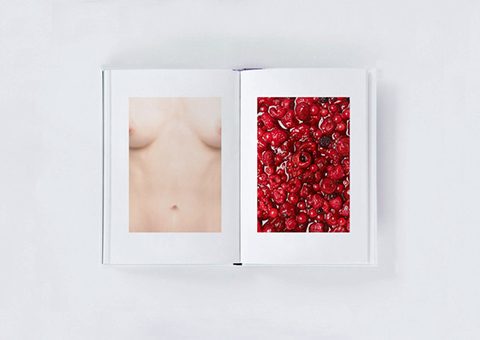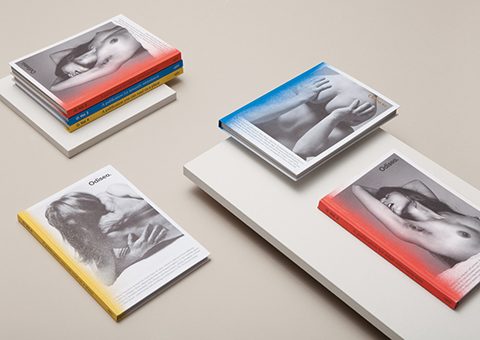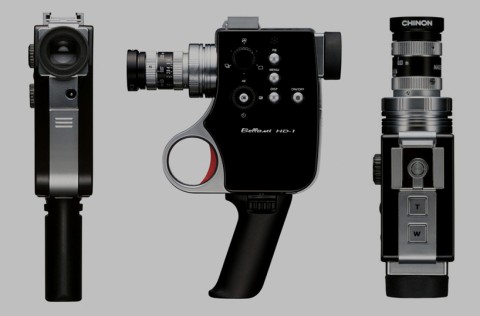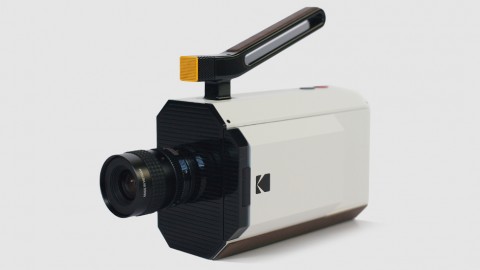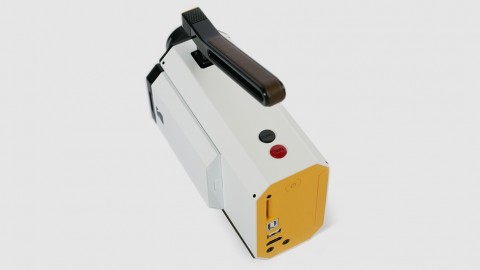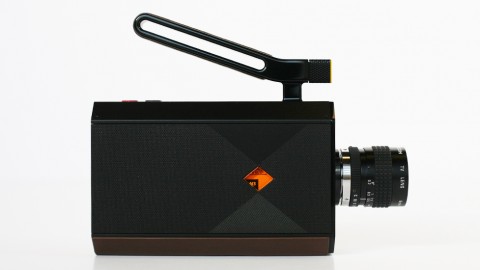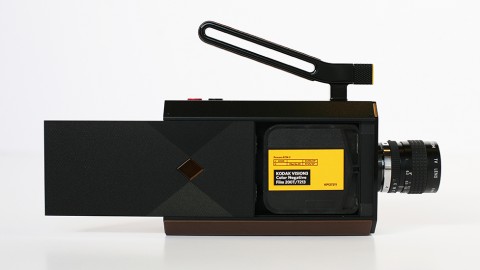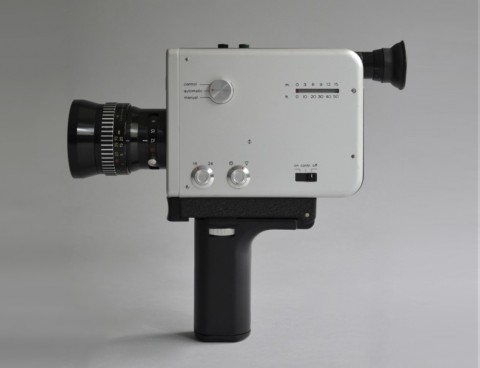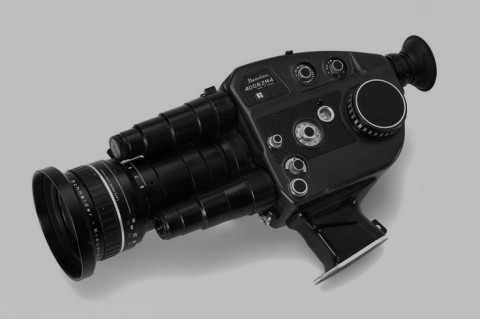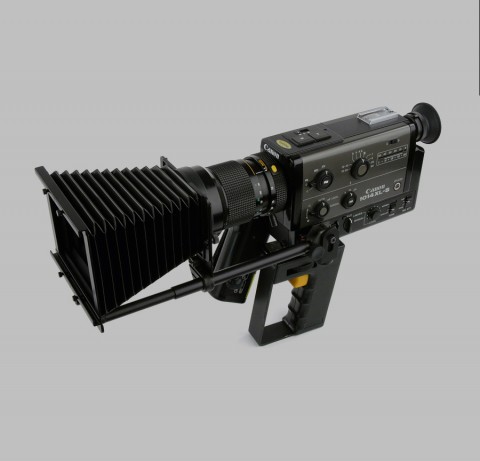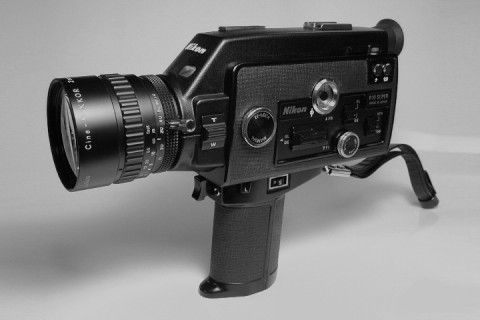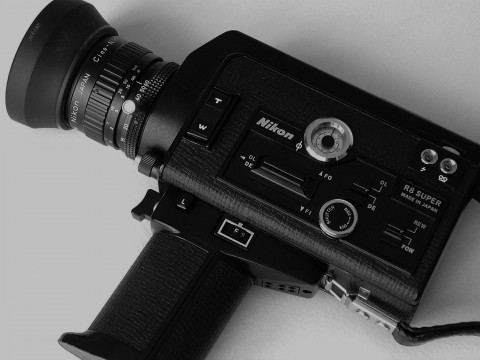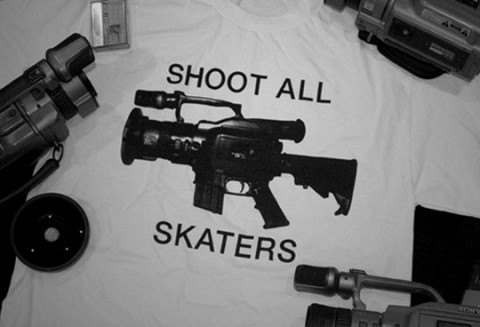olivia singer of wonderland magazine discusses the role of beauty in life, feminism and instagramming cats with alt-porn star, stoya.
stoya was born to a scottish father and a serbian mother.
porn star stoya was the first ‘alt-porn’ girl to be signed to a contract by digital playground, one of the commercial powerhouses of the pornographic industry. raucously outspoken about what sex on camera means to her and the artifice manifested in her performances, writing about queer culture and heteronormativity for vice whilst instagramming her cats, she doesn’t conform to what we she doesn’t acquiesce to typically assumed conventions of adult performers.
polaroids of stoya, she is is an american semi-retired pornographic actress, model, and nonfiction writer.
home-schooled by a feminist mother in north carolina, she now exists between new york where she works on performance art and los angeles, with her porn star boyfriend.
olivia singer spoke with her about growing up in a powerfully liberal environment, what it’s like not looking like the rest of the digital playground girls and how many exfoliators she uses to keep her looking camera-sex-ready.
thank you so much for agreeing to talk to us about this stuff, i think your perspective on beauty and performance is really interesting…
i feel a personal responsibility to talk about the realities of all of this. in porn work, the actual videos and photo shoots for porn magazines, beauty is very overdone: tons of makeup, overdrawn lips, glossy. and then, all of the photoshop that gets piled on and then the ungodly amount of money and time that i spend on exfoliating and moisturizing and hair removal on top of that. maybe to some people i look awesome even with no makeup on, but all of this work that goes into that even that would be ridiculous if i was a secretary or a professional writer. when i retire and what i look like no longer directly affects my bank account, hell no, i’m not going to spend that much on face cream! that would be absurd!
she began her porn career in 2007 in the alt porn scene. as a child, she wanted to become a dancer, and started dance lessons at the age of three. she was home-schooled and received her high-school diploma before the age of sixteen.
there’s such a culture right now of examining women in the public eye with an hd lens and criticizing them for how they exist ‘off-camera’, but you’re so honest about yourself online.
i think it will be wonderful that so many people are growing up in public right now. at some point in the fairly near future, we’re gonna have to really come to terms with the fact that everyone has fucked up in public to some degree and then we’ll hopefully start to give everybody a bit of a break. what entertains me no end is that people look at me and are like, ‘you could be my daughter, you look like the girls my daughter hangs out with’ and they have to rethink the humanity of performers. it’s pretty cool. and on top of that, i just decided to get fucked in the ass on hd video and after the inside of your rectum is available in matte high definition on demand, it’s pretty hard to get embarrassed about anything. oh, you have a picture of me throwing up in a lemonade container? cool. the whole of the internet can see the inside of my asshole!
did you grow up with a sense of freedom about yourself and your body?
yeah, my mum is awesome. i was home-schooled with her. she was very active in women’s rights and i just grew up thinking, ‘right! it’s my body, i can do whatever i want, i can do whatever i want with career options and whatever i want with who i choose to interact with in a sexual way.’ i had this wonderful sense of entitlement to just be a person. but then what t i wanted to do was have sex in public on camera – and not only do that but do it in a very false eyelashes, high heels, all the aesthetics of the patriarchy kind of way. so she was a little bit bumpy for a few years… but she’s coming around.
i was intrigued that digital playground has offered you free breast implants when your aesthetic angle is so much about being lean and sexy in a less conventional way.
a lot of girls come into this because they want to be a porn star, and they have an idea of what a porn star is. and that involves huge breasts; if they weren’t born with huge breasts, then they wanna have ‘em anyway. so i took it as digital being very kind but not knowing my personality very well. most of the contract girls over the years at all of the different companies have had very large breasts. [laughs] there was one point where we were all bunched up for some picture at a convention and i looked around and suddenly felt, ‘wow! i’m the only one here that’s really pale and has small breasts and dark hair, i feel kind of gangly and awkward, this must be like what puberty was like for most people!’
her father worked as an IT consultant, stoya had access to electronics and gaming equipment, through which she developed her love of technology. “i was three when i was using DOS. my mom taught me how to read, and my dad taught me how to navigate DOS”
that’s funny. with how you present yourself aesthetically, did you grow up looking up to skinny, pretty, goth-y looking ladies?
i grew up looking up to margot fontaine, and simultaneously looking up to and wanting to choke my mother. but makeup for me was a stage-only thing: i wanted to be a ballerina, so it was that horrible baby blue eyeshadow up to your eyebrows and lipstick on your cheeks. i wasn’t messing around with it until i was 13, when i went through my goth phase and drew all over my face with liquid eyeliner and would wear purple lipstick with craft glitter pressed into it. then, for the signings and being on set and all of that, there’s always a makeup artist that takes care of that stuff for you. so i started thinking about it more, like, ‘oh if i wear just mascara on the upper eyelashes and little bit of concealer, i look so professional and trustworthy and polished.’ and it became this whole fun thing, another way of how you present yourself to the world.
are there any cosmetics that you particularly into? you must have the best exfoliator in the world.
there’s a rice powder from pacha. and i’ve been spending a lot of time in southern california because my boyfriend lives here, and the air is so dry! there’s this brightening serum, and almond oil, both from l’occitane, and i slather myself in that stuff head to toe like four times a day.
polaroid above
so are you in la full time now?
all my shoes moved here. and my three cats. that’s pretty much the barometer of where i live.
for me, it’s my cosmetics.
UK fashion publication – pop magazine stylist tamara rothstein and (non polaroid photography) of stoya by sean & sang
you should be a beauty editor and get sent stuff!
i do get sent stuff sometimes and it’s amazing… the novelty doesn’t wear off, either, every time i get a free lipstick i’m like, ‘oh my god, free lipstick, my teenage dreams come true!’
vice news explicit interview with stoya – sorry youtube requires a login
when i was a kid, i wanted to perform in new york, surrounded by lunatics and rhinestones and have wonderful artist friends. and every time i trip over a stray rhinestone that’s come off one of my costumes, i think, ‘man, my life is so cool!’ i want to go back in time to the little home-schooled girl who had corrective lenses and a lazy eye and braces and a back brace for scoliosis…
i just wanna go back and be like ‘hang in there! it’ll be alright!’ i would also give her some makeup grade glitter instead of that craft stuff. i don’t want her to ruin her gastrointestinal tract. by lb
 a visual collective outlet of inspiration
a visual collective outlet of inspiration